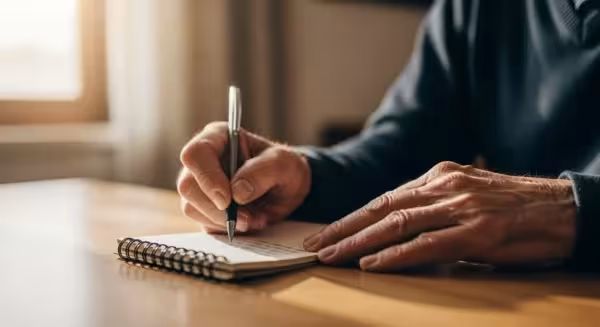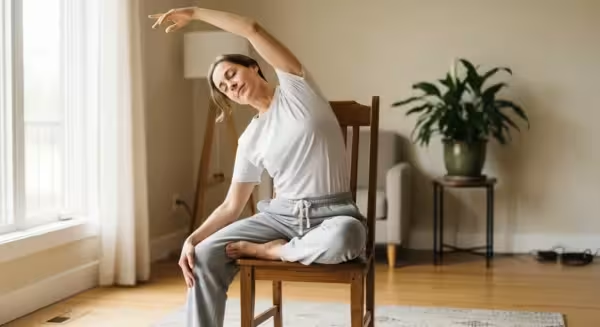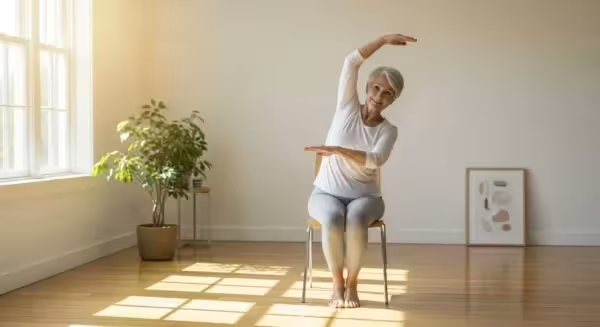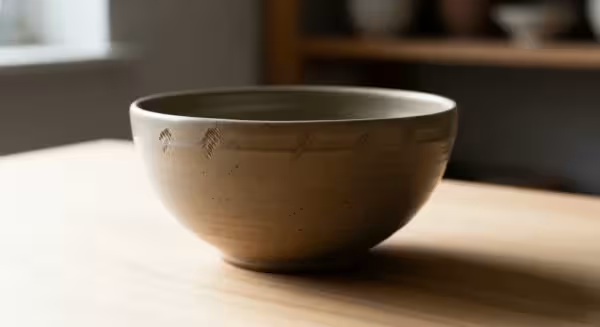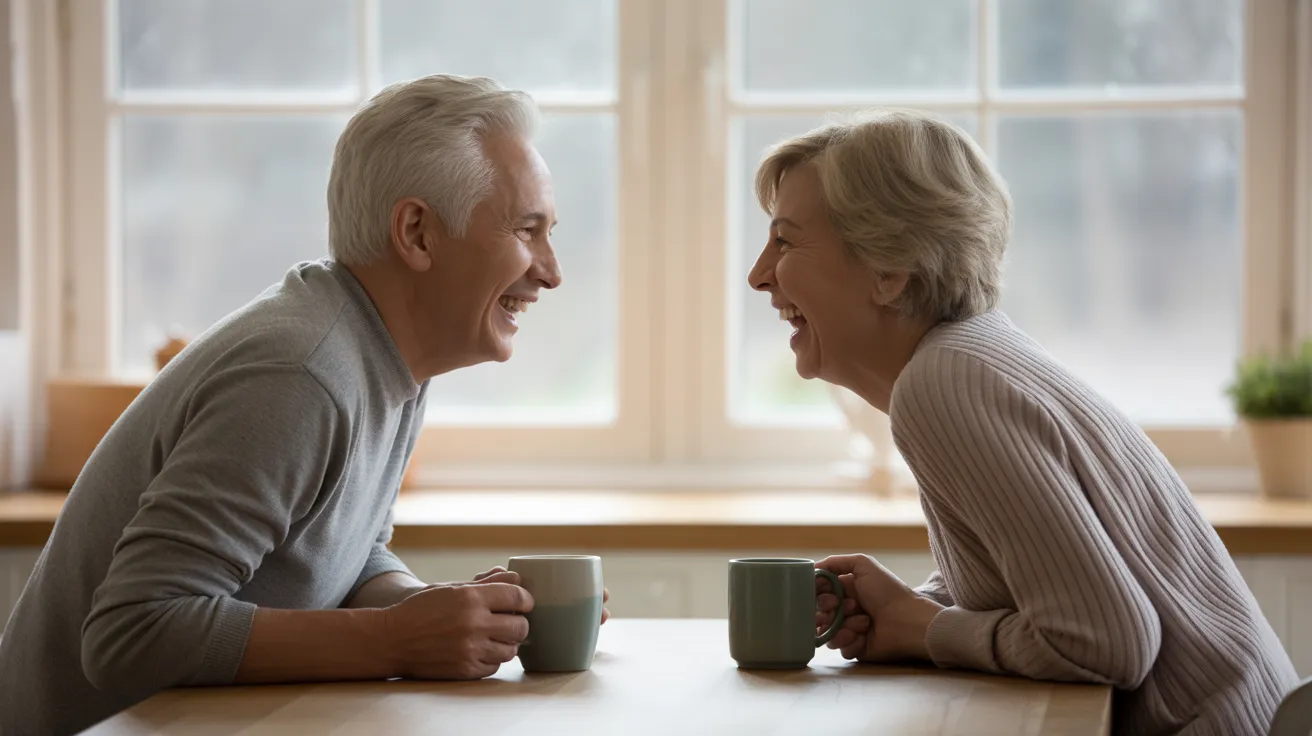
Understanding the Health Benefits (and Any Risks)
The Physical Rewards of a Daily Walk
The physical health benefits of walking are extensive and well-documented. By committing to a regular walking schedule, you are investing directly in your body’s longevity and resilience.
1. Improved Cardiovascular Health: Walking is an excellent aerobic exercise. It strengthens your heart muscle, allowing it to pump blood more efficiently throughout your body. This can lead to lower blood pressure, reduced levels of “bad” LDL cholesterol, and an overall lower risk of heart disease, stroke, and heart attack. Authoritative health information for seniors is provided by the National Institute on Aging (NIA) and the Centers for Disease Control and Prevention (CDC), both of which emphasize the importance of regular physical activity for heart health.
2. Better Joint Health and Reduced Arthritis Pain: It may seem counterintuitive, but walking can actually help alleviate joint pain, especially for those with osteoarthritis. Movement helps lubricate the joints and strengthens the muscles surrounding them, which takes pressure off the joints themselves. Unlike high-impact exercises, walking’s gentle motion can help reduce stiffness and inflammation without causing further damage.
3. Enhanced Bone Density: Osteoporosis, a condition that causes bones to become weak and brittle, is a major concern for seniors. Walking is a weight-bearing exercise, which means your bones have to work against gravity. This process stimulates bone-forming cells, helping to slow bone density loss and reduce the risk of fractures.
4. Weight Management and Metabolism: A consistent walking routine burns calories, which can help you maintain a healthy weight or lose excess pounds. It also helps build lean muscle mass, and the more muscle you have, the more calories your body burns, even at rest. This can also play a key role in managing blood sugar levels and reducing the risk of type 2 diabetes.
5. Improved Balance and Coordination: Fear of falling is a significant issue that can limit senior mobility. Walking helps improve lower-body strength and core stability, which are essential for good balance. Regular walking on varied, safe surfaces can help your body and brain work together more effectively, improving coordination and reducing your risk of a dangerous fall.
The Mental and Emotional Uplift
The benefits of walking extend far beyond the physical. A daily walk can be a wonderful tonic for your mind and spirit.
1. Mood Enhancement and Stress Reduction: Physical activity, including walking, prompts the release of endorphins—your body’s natural mood elevators. This can help reduce feelings of anxiety and depression. Walking, especially in a natural setting like a park, can be a meditative experience, calming the mind and providing a much-needed break from daily stressors. For mental health support, consult the National Institute of Mental Health (NIMH).
2. Cognitive Function and Brain Health: Studies suggest a strong link between regular physical activity and a lower risk of cognitive decline. Walking increases blood flow to the brain, which can help improve memory, attention, and problem-solving skills. It may even help reduce the risk of developing dementia.
3. Better Sleep: If you struggle with sleep, a daily walk could be the answer. Regular, moderate exercise can help regulate your sleep-wake cycle. A brisk walk in the morning or afternoon can help you feel more alert during the day and sleep more soundly at night. Just try to avoid vigorous walking too close to bedtime, as it may be overly stimulating for some.
Understanding the Potential Risks
While walking is one of the safest activities for seniors, it is important to be aware of potential risks. Safety should always be your first priority. The primary risk is falling, which can be caused by uneven surfaces, poor lighting, or loss of balance. Other risks include overexertion if you do too much too soon, muscle strains, or blisters from improper footwear. We will address how to mitigate these risks in the next section.


